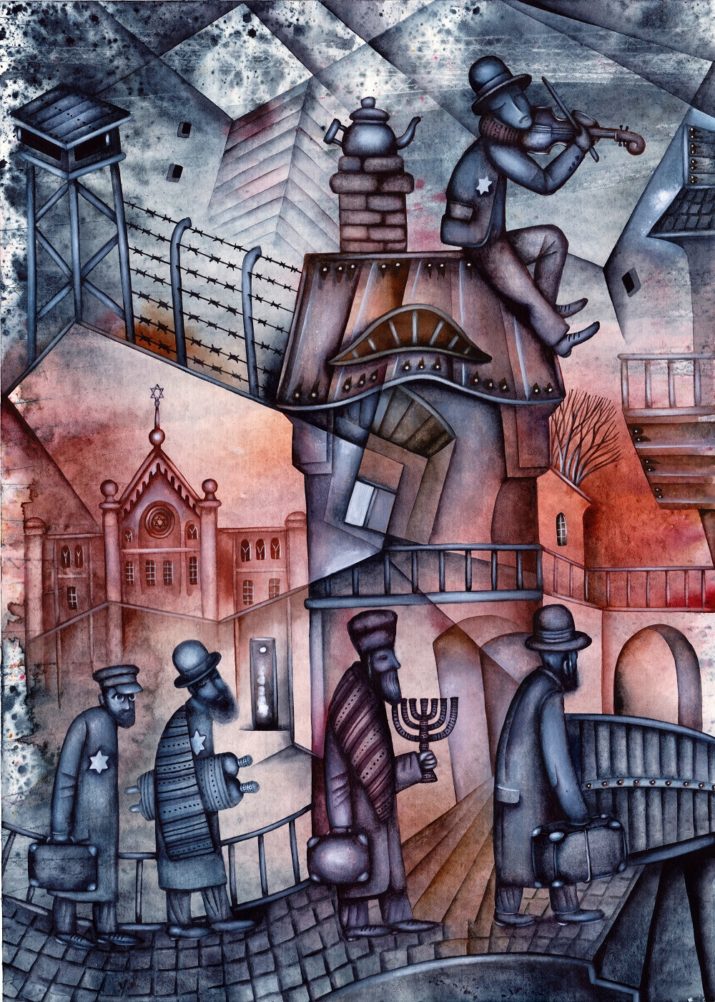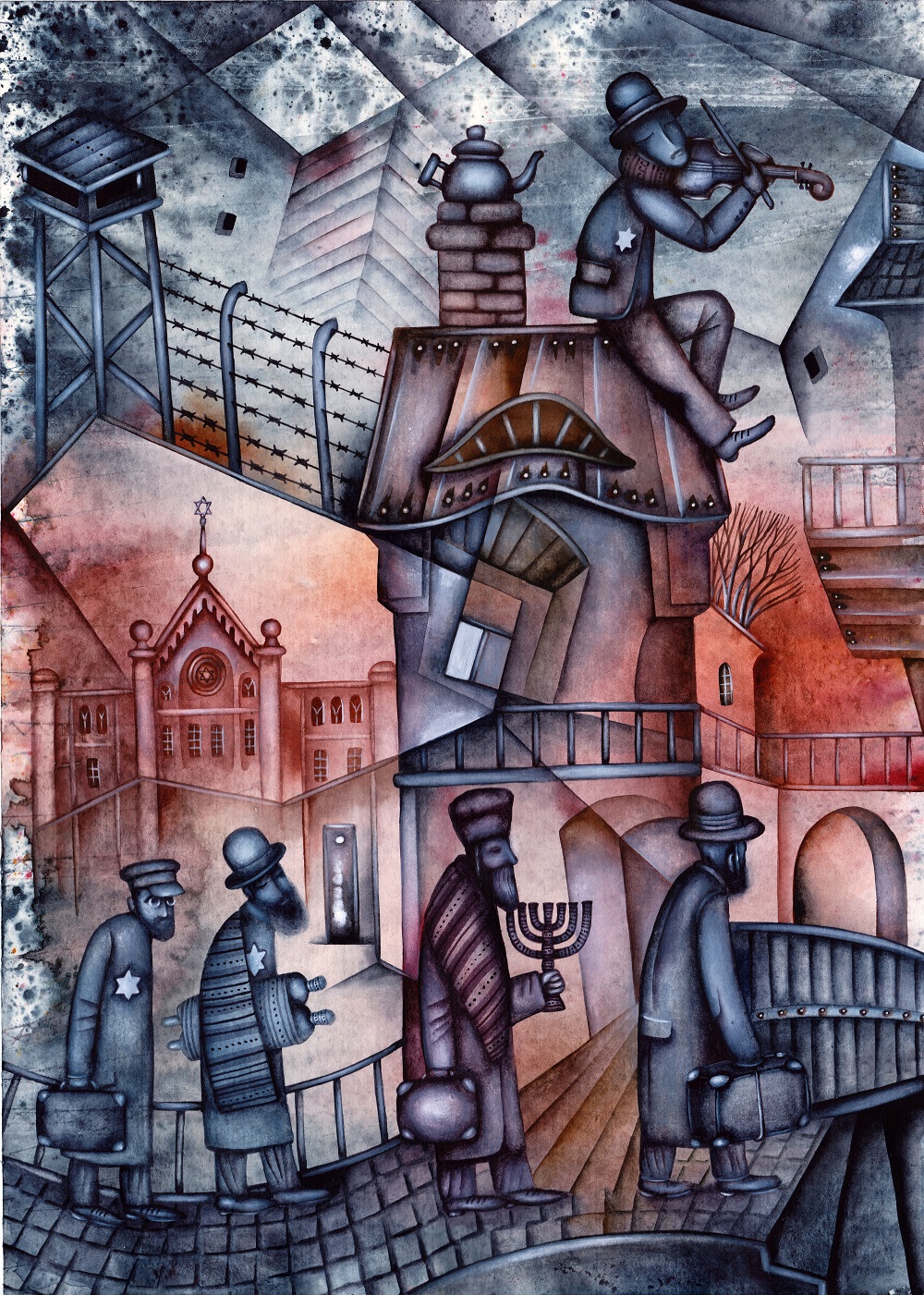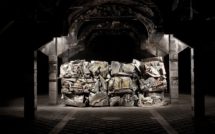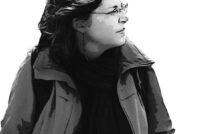

An introduction to our feature on Memory and the Politics of the Past: New Research and Innovation.
How do we embrace remembrance in a time when the museum culture has taken on an amusement park-like atmosphere, where visitors, snack in hand, take selfies in front of the infamous Arbeit macht Frei signs of Dachau and Auschwitz? The posting of these selfies on Instagram and Twitter have become natural to some as Dachau has become a stop for Bavarian sightseeing tour companies. The third and fourth generations seem to have difficulty coming to terms with the past and feeling empathy towards its victims.
Removed in time and space, we have become inundated with images and stories that often take on the status of Hollywood fiction. How is the museum culture to create a shared historical landscape? Ruth Klüger in her novel Still Alive, argues that this attempt is illusionary. She, in fact, attacks the idea that the ghosts of the past could be banned by having them haunt museums. Visits are, to her, a “whitewashing of cracks,” as people no longer smell urine or experience the fear of terror. They simply feel good about themselves for having made the trip and, if they are even moved in the slightest, will be “proud of these stirrings of humanity” and “will admire [their] own sensibility.” The visitor, according to Klüger, “is “looking into a mirror instead of reality” (66). Thus, the problem is not so much “never to forget,” but rather how to remember. Klüger sees the only possibility for remembrance by entering into dialogue, thereby inventing bridges that connect the past and present.
In this issue, we have invited research, artistic explorations, and campus initiatives to look at how different entities are dealing with the problem that eyewitnesses are dying and that memory starts to move from social memory into cultural memory. This issue will also take a close look at the Great War as an educator and initiator of historical memory, before taking a contemporary stance by exploring tourism as a new, albeit limited, arena for dialogue.
In her interview, Aline Sierp speaks about autobiographical, social, and cultural memory, the significance of the eighty to one-hundred-year mark in memory studies, and the attempt to move the museum’s culture towards an engaging learning tool rather than a trigger of short-lived emotions.
Manca Bajek discusses the role of art within political and cultural realms. In her interview with colleagues Marco Godoy and Fernando Sanchez Castillo—interspersed with her curatorial work—the monument as a historical narrator of the Spanish Civil War is decontextualized and disassembled to enable dialogue and new points of view.
In her essay “Can We Talk? Neuroscientists and Humanists on Memory,” Angelika Bammer reveals that memory research might not cross disciplines that easily after all, particularly if collective memory is met by hardcore scientific “theories and concepts [that] should be based on observable evidence.”
While governments abuse language that is engulfed in the past to heighten mistrust and prejudice, memory also aids in uniting those who believe in freedom and equal human rights. In their blog post, Jenny Wüstenberg and Aline Sierp, co-chairs of the CES Transnational and European Identity Research Network, highlight the importance of memory studies in the current political climate.
Additionally, Sacha van Leeuwen discusses the role of the Institute for War, Holocaust, and Genocide Studies (NIOD), home of the largest collection of war diaries, “time-capsules” that inform historical interpretation and support the official historical discourse.
For Americans, suffering few deaths compared to the European armies, the Great War became the forgotten war. For Germans, who were deemed the sole culprits via the Treaty of Versailles, it paved the way for Hitler’s rise to power and for Shoah. As Carl Strikwerda argues in his research article, the Great War shaped historical memory and should serve as an educational tool in light of globalization and ongoing conflicts.
Alena Pfoser visits heritage sites in territories of the former Soviet Union to explore the relevance of tourism for political analysis. While tourism might not lead to transnational memory as such, the author sees the potential for constructive dialogue during encounters with the “Other” in what is considered a largely depoliticized context.
Finally, Emilia Salvanou takes a close look at migration and “traveling memories” via life stories that transcend borders and the earlier framework of the nation state, once considered essential “for the formation and transmission of memory.”
In this issue of EuropeNow Campus, we feature a spotlight on the University of Kansas. The KU World War I Centennial Commemoration allows students to interact with primary source materials and to understand the cultural and political impacts of the Great War.
In Sherman Teichman’s interview with his former student Dacia de Roca, he illuminates her contributions in the field of conflict studies and uncovers how cultural heritage is often misunderstood as a peace-building tool and source of “quantifiable outcomes” when its protection can just as easily lead to tensions and violence.
Jonathan Bach and Sara Jones explore whether the future could see entire Departments of Memory Studies evolving and discuss pedagogical challenges of various teaching formats and audiences in their enlightening Campus contribution.
Nicole Shea is the Director of the Council for European Studies and Executive Editor of EuropeNow.
Aline Sierp and Jenny Wüstenberg are the co-chairs of the Transnational Memory and Identity Research Network of the Council for European Studies.
Research
“Migration and the Shaping of Transcultural Memory at the Margins of Europe” by Emilia Salvanou
“Tourism and Transnational Memory Formation in Tallinn, Estonia” by Alena Pfoser
“World War I and Historical Memory” by Carl Strikwerda
Nonfiction
Commentary
“Can We Talk? Neuroscientists and Humanists on Memory” by Angelika Bammer
Interviews
“Questions of Identity and Collective Memory: An Interview with Aline Sierp” by Lillian Klein
Visual Art
Monumenting in the Present, an art series curated by Manca Bajec
Campus
Syllabus: Migration of Memory by Jonathan Bach
Syllabus: Archaeological Heritage and Museums by Dacia Viejo-Rose
Klüger, Ruth. Still Alive. New York: Feminist Press, 2001.
Photo: Holocaust Illustration, Eugene Ivanov | Shutterstock
Published on February 1, 2017.




